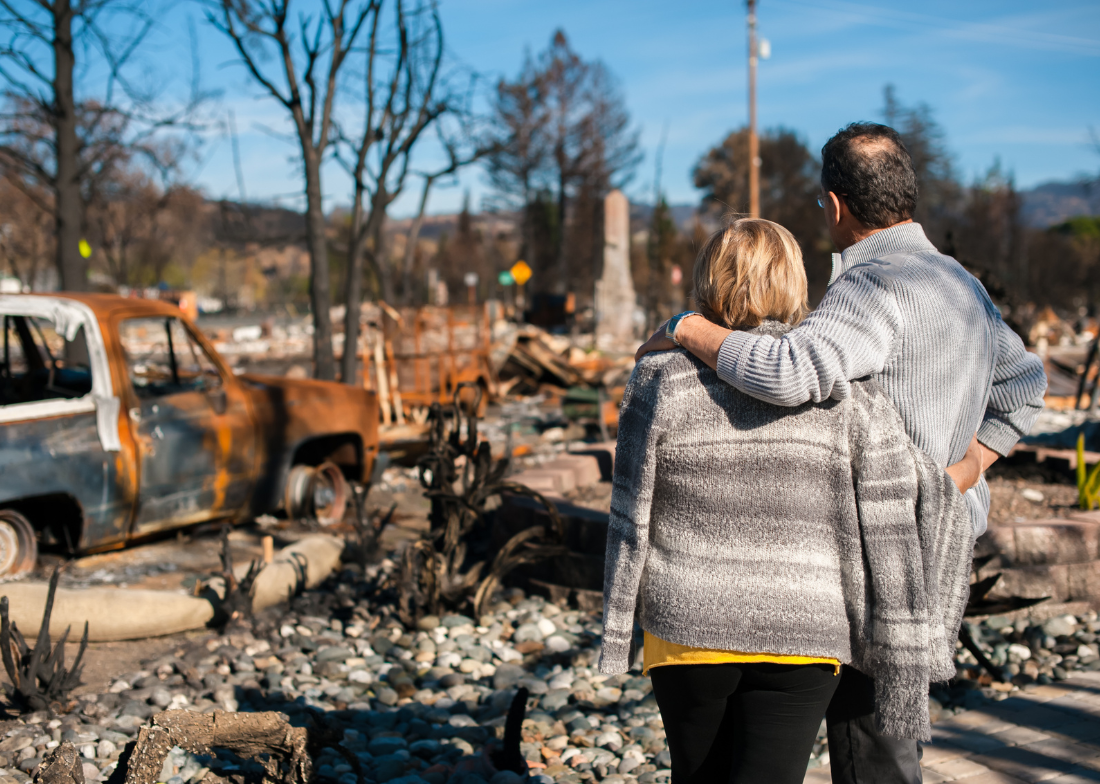What the Climate Justice Movement Has Learned From Black Civil Rights Activists
John Patrick
|February 16, 2023

In 1990, Dr. Robert Bullard published Dumping in Dixie. The book researched and told the story of the disparate negative environmental impacts that low-income communities and communities of color experience. For example, in Houston, TX all of the city-owned landfills and six of the eight city-owned incinerators were located in Black neighborhoods. Dumping in Dixie was important in making the connection between the civil rights movement and environmental advocates. For far too long, these two movements were not in sync.
“It took us almost 25 years until the two movements merged, until folks on both sides woke up to the realization that what we were experiencing in low-income and communities of color was a form of systemic racism with detrimental health impacts,” said Bullard. “Not only that, but that these environmental disparities were having detrimental effects on life expectancy, home ownership and transformative wealth creation.”
Here in America, and around the world, low-income communities and communities of color are facing the worst impacts of climate change. As we work to organize and address the climate emergency, civil rights and environmental justice must be at the center of the conversation and efforts. During Black History Month, and throughout the year, we remember and celebrate the work of brave and innovative Civil Rights leaders from the 20th century. Tactics successfully used during the Civil Rights movement continue to inform and assist the climate movement in fighting for solutions for the myriad of issues associated with the climate emergency.
In 1949 – six years before Rosa Parks’ famous arrest – Jo Ann Gibson Robinson was harassed and ordered off a near empty bus in Montgomery, Alabama for sitting in the whites-only section. Leading up to this incident, Robinson was an active member of the Dexter Avenue Baptist Church and the Women’s Political Council (WPC). In 1950, she was elected president of the WPC and made desegregating Montgomery’s bus system one of the organization’s top priorities. Following Rosa Parks’ arrest on December 1st, 1955, Robinson sprung to action. Late into the night Robinson and a few others copied and distributed tens of thousands of leaflets calling for a boycott of the Montgomery bus system. Following the start of the boycott, Robinson chose not to accept a position in the newly formed Montgomery Improvement Association (MIA), headed by Dr. Martin Luther King Jr. Instead, she worked tirelessly behind the scenes editing newsletters and carpooling members of the community. This type of mutual aid made the sustained direct action of the boycott possible. Though she desired to remain behind the scenes, Robinson was the target of intimidation from the police. A local police officer threw a rock through a window in her home and another poured acid on her car. Additionally, she was arrested several times.
Jo Ann Gibson Robinson’s leadership and the leadership of other women was crucial to the success of the thirteen-month boycott. After the boycott she was especially proud of this fact, saying, “Women’s leadership was no less important to the development of the Montgomery Bus Boycott than was the male and minister-dominated leadership.” The Montgomery Bus Boycott was one of the first successful non-violent direct actions against segregation in the Deep South and would serve to inspire many other actions such as sit-ins and marches.
Source: Stop Line 3
Nonviolent direct action was a key component in the Civil Rights movement. These actions built power and helped sway public opinion against the principles of Jim Crow and segregation. In practicing nonviolent direct action, Dr. King advocated for building the Beloved Community, free of hunger, poverty or hate. Activists fighting for solutions to the climate emergency are also fighting to realize a vision of their own beloved communities where humans live in balance with nature and the harmful impacts of fossil fuel extraction and use are not an omnipresent threat. Nonviolent direct action is a key component of this fight. In Minnesota, Indigenous and Non-indigenous activists have been using nonviolent direct action to protest the Line 3 pipeline. The proposed Line 3 pipeline violates treaties with the Ojibwe people and threatens their ability to hunt, fish, and gather along the course of the pipeline. Much like the communities Dr. Bullard studied in Dumping in Dixie, Indigenous communities in Minnesota are at disproportionate risk from the impacts of this fossil fuel extraction and distribution. Activists at Stop Line 3 put their bodies on the line standing in opposition to the pipeline project and many have been arrested and charged with crimes, similar to activists participating in the Montgomery Bus Boycott.
The movements for Civil Rights and Environmental Justice are inextricably linked. This Black History Month, let’s celebrate the heroic activists who paved the way and the modern-day activists carrying on that legacy fighting for a future free of fossil fuel-driven climate breakdown and environmental degradation.
Join our Youth Action Network
More Blog Posts

Unnatural, Not Unprecedented
For two weeks, residents of Southern California endured a waking nightmare. Parents raced against time – hurrying down the driveway …
Read MoreCrafting a Vision for the Future: My Experience at LCOY USA 2024
Dry and sunny Tempe, Arizona where temperatures have been over 100 F for 113 consecutive days, delegates gathered to attend …
Read More
7 Ways to Weatherproof Your Home on the Cheap (+1 Not-So-Cheap)
As colder weather sets in, understanding how to weatherproof your home is key to maintaining warmth and reducing energy costs. …
Read More
